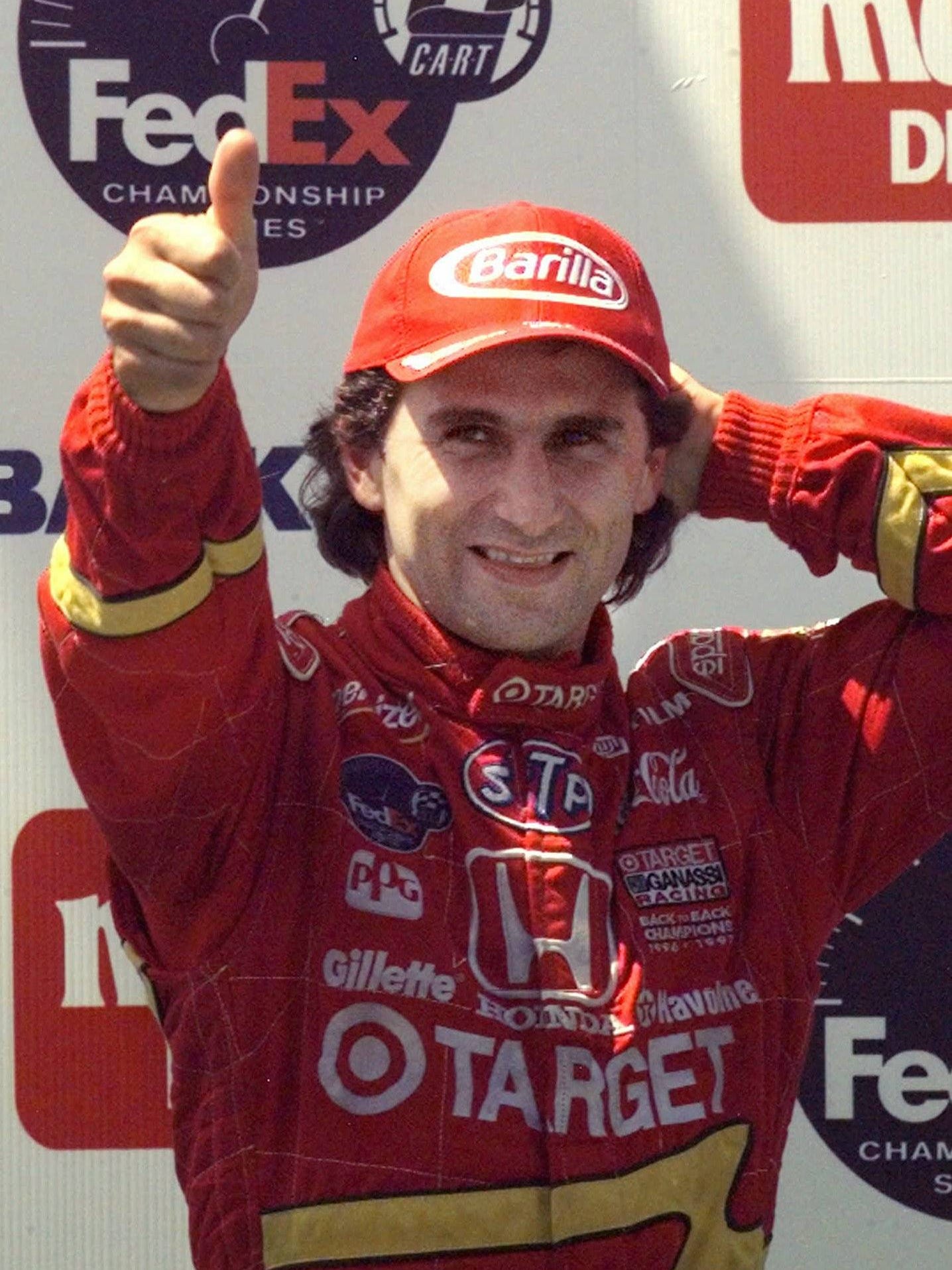As a senior consultant, Alex takes a lead role in projects from immersion and concept generation through to detailed design and development. Alex’s background in mechanical engineering enables him to balance user requirements with technical considerations whilst developing commercially viable products. Alex works closely with his colleagues in the human factors and engineering teams to quickly translate research insights into tangible designs which improve the experience of the end user.
Alex discussing inhaler design
Profile Alexander Albon is a Thai-British racing driver and the Reserve Driver for Red Bull Racing in the 2021 Formula One World Championship. Alex started racing at the age of 8, racing karts in the Honda Cadet class from 2005. Alex Michael Bowman (born April 25, 1993) is an American professional stock car racing driver. He competes full-time in the NASCAR Cup Series, driving the No. 48 Chevrolet Camaro ZL1 1LE for Hendrick Motorsports. He owns a Dirt Midget team named Alex Bowman Racing. Alex Driving School Our highest priority is the health, safety and well-being of our students. We disinfect the car after each session. We are cleaning our car with appropriate cleaners, providing hand sanitizers and increasing sanitation of high-touch surfaces. Alex has an MA in Industrial Design Engineering from the Royal College of Art and an MEng in Mechanical Engineering from Imperial College London. Prior to joining Team, Alex was a senior industrial designer at Native Design in London. Made his debut in open-wheel racing competing in the Euroformula Open Championship in 2014. Recorded his first race in the Formula 3 Series in 2015. In 2017 he competed at the All-Japan Formula 3 championship. Won the Super Formula Championship race in 2019.
“I see it as my responsibility to create products which do more than just work well; in many cases users have to carry medical devices around with them at all times, so it’s vital that they fit seamlessly into people’s lives and are perceived as objects of empowerment rather than burden. Something as simple as the beautifully designed experience of removing a cap can be a daily reminder to a user that someone cared enough about them to pour effort into a tiny detail.”
“For me, working at Team is about collaborating with a group of highly talented individuals who share a passion for these details which add up to create life-changing experiences, and who care enough about medical devices to have chosen to specialise.”
Alex has over 10 years’ experience in consultancy and design research in London and Cambridge. His consultancy work has seen him tackle a range of consumer products and medical devices, whilst his spell as a researcher involved collaboration with scientists at the University of Cambridge on the development of early-stage science and technology. He has also been involved in several innovation projects aimed at defining new product and service offerings for major clients.
Alex has an MA in Industrial Design Engineering from the Royal College of Art and an MEng in Mechanical Engineering from Imperial College London. Prior to joining Team, Alex was a senior industrial designer at Native Design in London.
a series of concept products by researchers at cambridge university illustrate the possible future use of biophotovoltaic technology


two research groups at london’s cambridge university— the ‘engineering and physical sciences research council’ (EPSRC) and the ‘design in science‘ project– have come together to create a table, alongside a series of product concepts, that integrates biophotovoltaic (BPV) technology. BVP devices generate renewable energy through the photosynthetic processes of living organisms such as algae and moss, in a way that scientists estimate will become a competitive alternative to solar panels within the next five to ten years.
looking towards the future of BPV technology, doctoral candidate paolo bombelli worked with designers alex driver and carlos peralta on products that range from a ‘moss table’ that generates its own electricity for a built-in light; an array of solar panels for domestic use; and a floating biophotovoltaic generator that is designed to harvest desalinated water.
the team also designed an off-shore power stations that consists of several large floating ‘lily pads’ covered in algae, capable of outputting 5-6 watts of electrical energy per square meter. on land, a ‘forest’ of solar collecting masts could draw water from the ground or rainfall to support the algae in land-based applications. the researchers note that such power stations can even generate energy by night, as a result of excess electrons naturally being stored within the algal cells during daylight.
while realization of these concepts may yet require years of development, the exploration is designed to spur further research and investment in BVP technology. ‘moss table’ is on exhibition as part of designersblock, during london design week 2011 from september 22nd to 25th.
Alex Driver Books
‘moss table’

a design of BPV solar panels for home use
a floating BPV generator, designed to harvest desalinated water
these algae-coated floating ‘lily pads’ function as a biophotovoltaic power station
visualization of algae-coated masts that draw water from underground to feed the organisms, making the system self-sufficient
Alex Driver Related To Minnie Driver
in this alternative example, BPV masts harvest rain water to feed the algae
